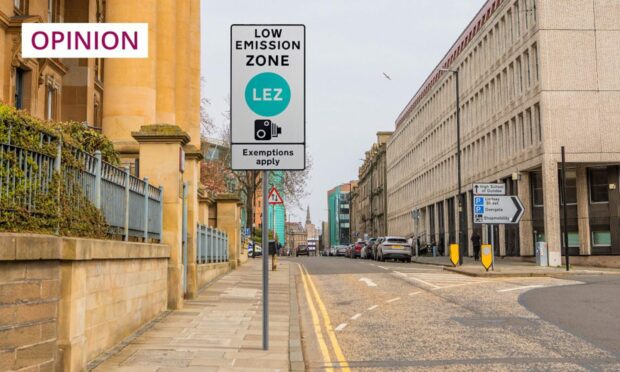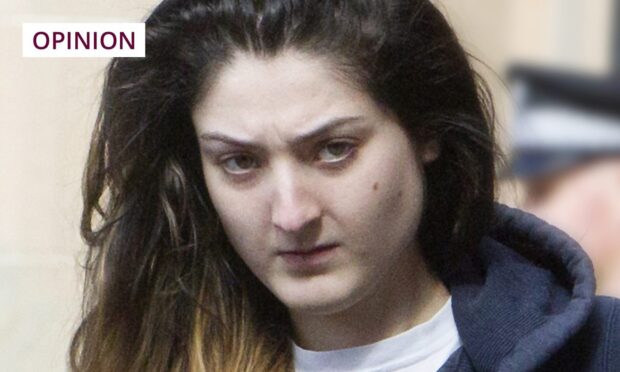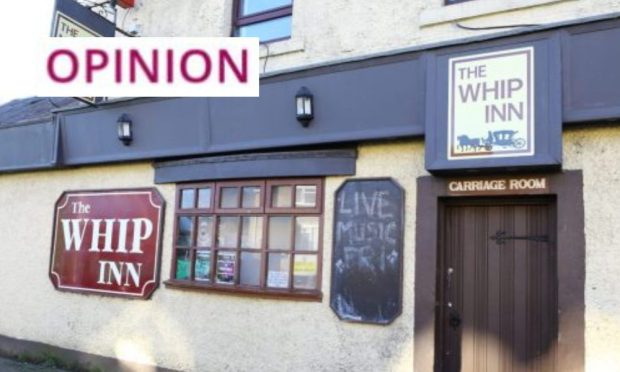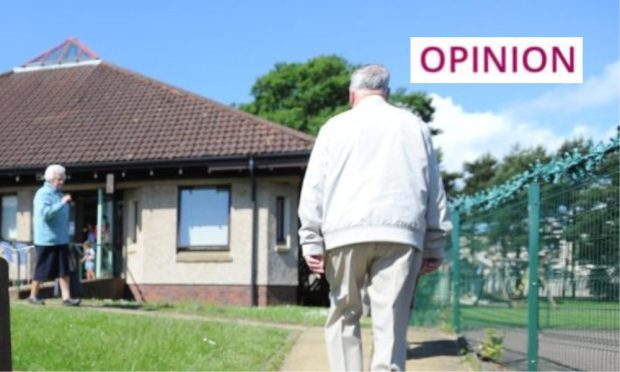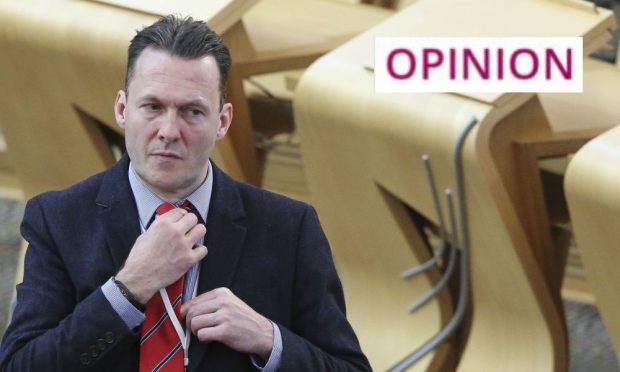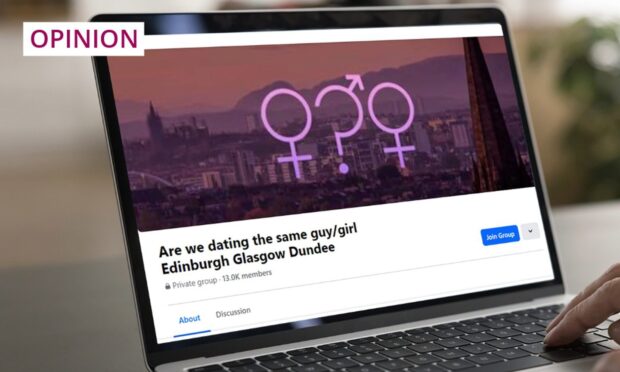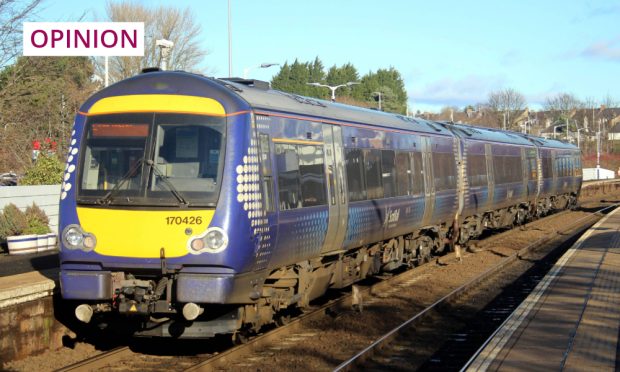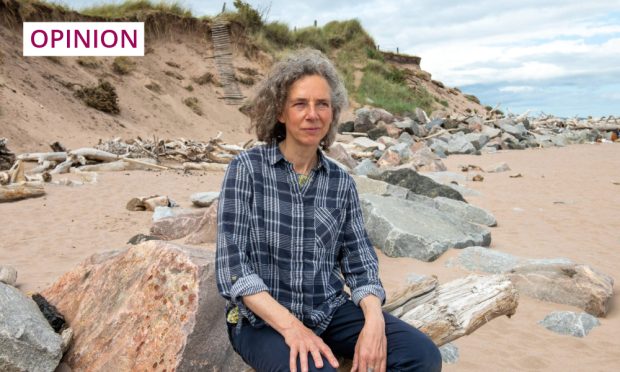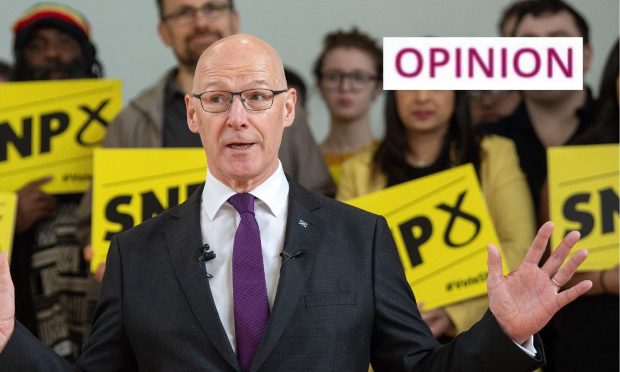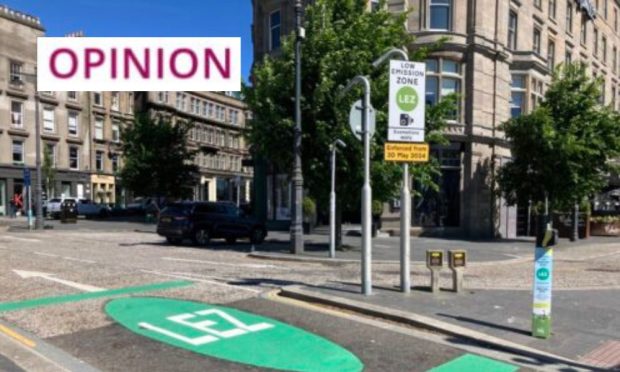There is much speculation at the moment that green policies have become a political liability.
That comes after the result of the Uxbridge and South Ruislip by-election on July 20 in former Prime Minister Boris Johnson’s old seat. There the extension of London’s Ultra Low Emission Zone seemed to influence the outcome.
And that has led to fresh questions about public support for the implementation of the Low Emission Zone (LEZ) in Dundee.
The arguments, however, for introducing the LEZ in Dundee continue to be strong.
Dundee air pollution ‘is a killer’
Dundee’s LEZ is not a local idea, as it is part of the Scottish Government programme introducing LEZs to Glasgow, Edinburgh and Aberdeen as well. It’s not a response to climate change either, but is intended to reduce air pollution, which is concentrated by traffic in city centres, where pedestrians also congregate.
Air pollution is a killer, and is thought to contribute to the early deaths of between 28-36,000 deaths each year in the UK. This would amount to around 70 deaths in Dundee, every year. The NHS considers it to be the biggest environmental threat to health in the UK.
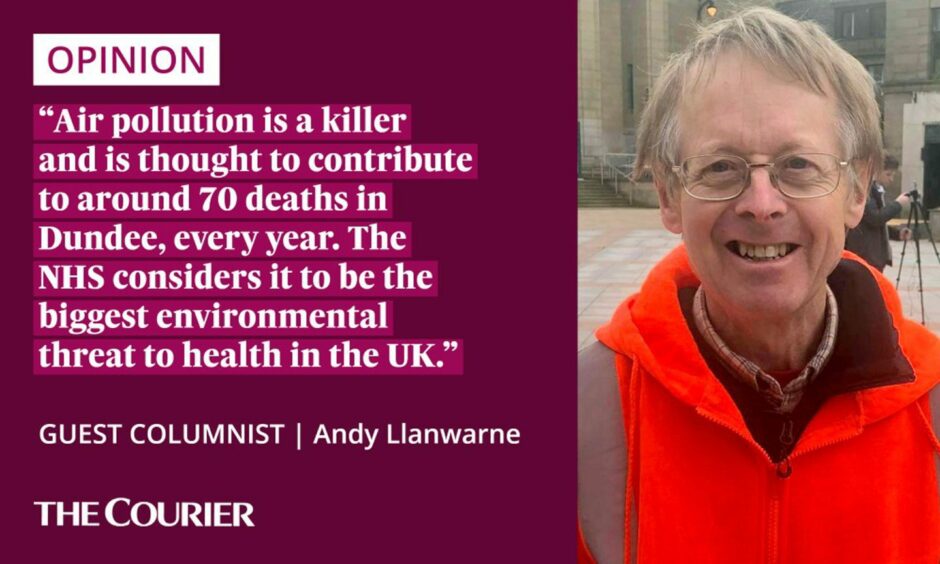
The pollution can limit the growth of foetuses and exacerbate the severity of asthma. While death certificates may indicate heart attacks, cancer, or chronic bronchitis as cause of death, air pollution is often a major contributory cause.
Dundee has been an Air Quality Management Area since 2006
Dundee has streets which have exceeded legal limits for toxic air pollutants since at least 2006, when Dundee City Council declared the whole city to be an Air Quality Management Area.
This required active measures to reduce pollution levels, but progress has been slow, here and in the other cities, leading to the Scottish Government’s decision to introduce LEZs.
These schemes are equivalent to the ULEZ in Greater London, as they include petrol and diesel cars and not just heavy diesel vehicles.
Regrettably, the costs fall disproportionately on those who can least afford to replace older vehicles, and while the Scottish Government has provided some financial assistance to micro businesses and households receiving benefits, this seems to have been insufficient to meet demand.
Scottish Government ministers must learn lessons over air pollution and Dundee LEZ
There are also other lessons for governments when taking the actions necessary to tackle other environmental challenges – from the climate emergency to the biodiversity crisis, and the move to increase recycling in a more circular economy.
They need to ensure that those who are most affected by the cost of living crisis – and by the transition away from fossil fuels – are supported as our society goes through dramatic changes, and are genuinely involved in planning for change.
In Dundee, and the other Scottish cities, the advent of the LEZs should be heralded as a milestone in making our city centres healthier and more attractive public spaces.
They should link up with measures promoting walking, cycling and public transport, and physical changes to attract people and businesses back into the city centre.
